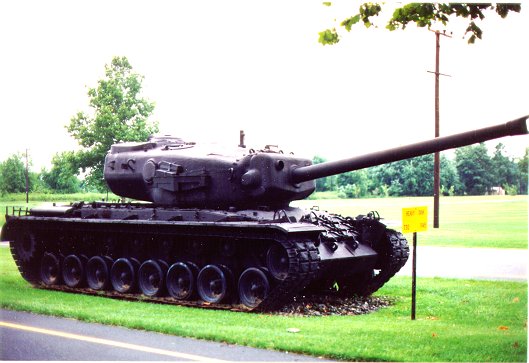flanker33 escribió:- ¿que fuerzas aliadas ocuparon Noruega al final de la guerra?
Yo se que participaron fuerzas Inglesas, Suecas y Noruegas, las unidades no se cuales eran





flanker33 escribió:Hola huarlot,
puedes confirmar lo de las tropas suecas. Había leido en algún sitio que los suecos se preparaban para entrar en guerra contra los alemanes en los últimos días de la guerra, pero finalmente la rendición alemana llego antes de la declaración de guerra. Por eso me estraña que dejasen participar en la ocupación de Noruega a un país que era neutral.
Un saludo.

Apónez escribió:Pero las fuerzas serían tropas noruegas que tras la derrota de 1940 habrían huido a Suecia, no tropas suecas


¿dónde emmarcamos el frente principal? ¿la línea Elba-Morava para Alemania, alpes-carpatos-valle danubiano?
¿se han retirado las tropas soviéticas de Finmark (Noruega)?
¿que situación aplicamos a los ejercitos polaco y checo en occidente? ¿Y al 1er Ejercito Polaco y Checoeslovaco bajo mano soviético?
¿que grado de desmovilización o habalmos de mayo-junio de 1945?



Japon entraria en el conflicto en el bando aliado?
Utilizarias a las bases Japonesas y a a sus tropas que no as atacado en la guerra dispersas en Asia?
Que estrategia seguias para que eso no sucediese?
Te plantarias desembarcar en china las tropas de ocupacion de Japon?




Prof John Ericson of Edinburgh University, an expert on the Soviet Union.
"On June 29, 1945, the Red Army suddenly executed a complete redeployment of its order of battle, for no apparent reason," he said. "I have always wondered why they did it. I have asked Soviet staff officers about it and never been able to understand their thinking. Perhaps we have just discovered the explanation."
Preparing conditions for the change of policy, Churchill in March 1945 ordered that German weapons and military hardware be collected and stored for easy distribution among the German units with which the West would have to cooperate if the Soviet offensive did not stop.
This was the groundwork for the notorious Operation Unthinkable, under which World War II was to develop immediately, without interim stages, into a third world war, with the goal of ensuring the total defeat of the Soviet Union and its destruction as a multinational community.
An order is an order. The captured weapons were stored and Field Marshal Bernard Montgomery, acting in coordination with Dwight Eisenhower, interned whole divisions of German men and officers in Schleswig-Holstein and Southern Denmark.
Hitler's successor, Admiral Karl Doenitz, ordered that hostilities cease against the U.S. and Britain on land, on sea and in the air, but that fighting continue against the Soviet Union to the hilt. Doenitz and Wilhelm Keitel, chief of staff of the Supreme Command, instructed General Alfred Jodl and Admiral Hans-Georg von Friedeburg to sign the hastily prepared surrender documents at Rheims on May 7, 1945 (to prevent the signing of documents approved by the Big Three at Yalta).
As far as I know, Doenitz's order to continue fighting against the Soviet Union to the bitter end was not disavowed during contacts with Jodl and Friedeburg or when the Rheims surrender was signed. Hence, the Rheims surrender could be presented, in case of need, as the capitulation of the German Armed Forces but not the state of Germany.
It was no accident that the Rheims slapstick was enacted against the backdrop of Truman's decision to end cooperation with the Soviet Union.
Under-Secretary of State Grew wrote in his diary that the American policy regarding Soviet Russia should be made harsher on all counts. It would be better and safer to clash before Russia completed restoration and upgraded its tremendous military, economic and territorial potential, he wrote.





Usuarios navegando por este Foro: ClaudeBot [Bot], Google [Bot] y 1 invitado